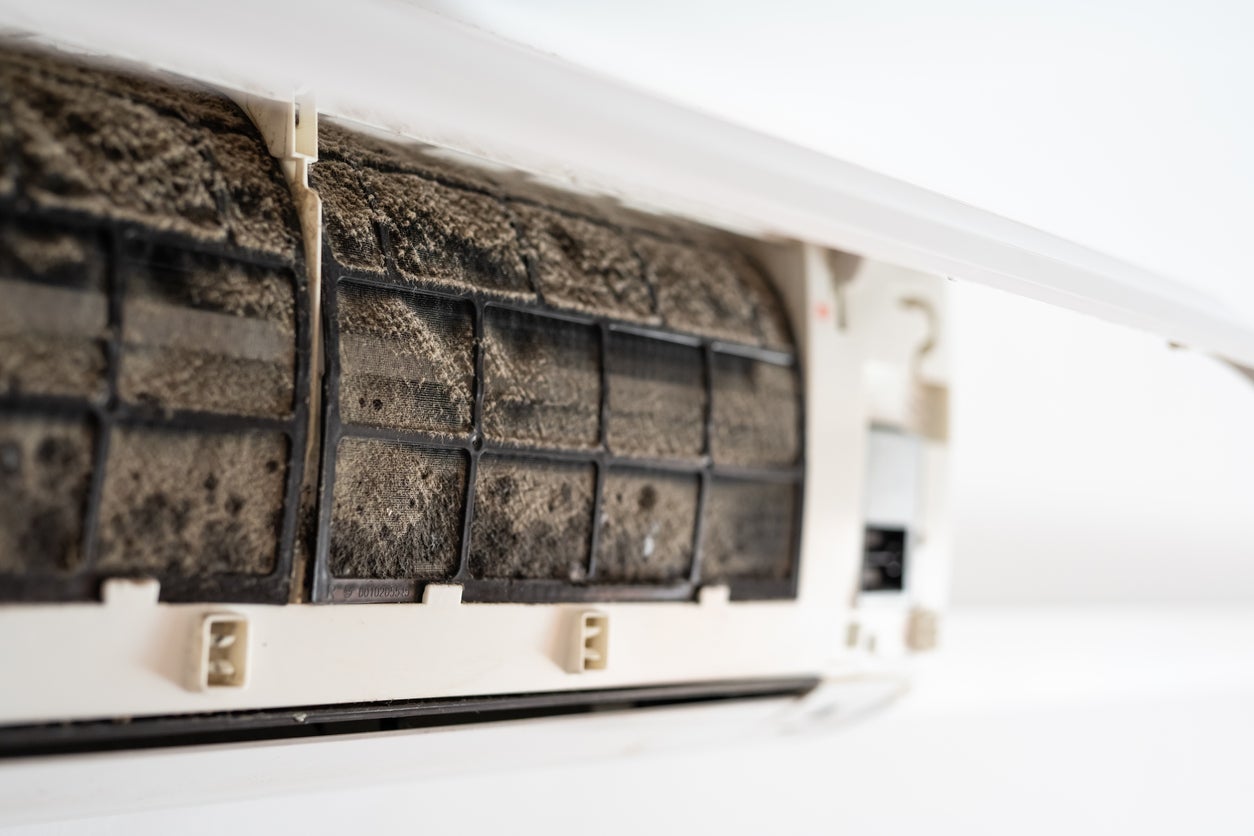

Articles
How To Get Mold Out Of HVAC System
Modified: February 23, 2024
Looking for articles on how to get mold out of your HVAC system? Learn effective techniques and preventive measures to keep your system clean and mold-free.
(Many of the links in this article redirect to a specific reviewed product. Your purchase of these products through affiliate links helps to generate commission for Storables.com, at no extra cost. Learn more)
Introduction
Mold growth in HVAC (Heating, Ventilation, and Air Conditioning) systems can be a major concern for homeowners. Not only can it impact the efficiency and performance of the system, but it also poses serious health risks to occupants. Mold spores are known to trigger allergies and respiratory problems, and prolonged exposure to mold can lead to more severe health issues.
In this article, we will explore the causes and signs of mold in HVAC systems, the health risks associated with it, and the steps you can take to remove mold and prevent its growth in your HVAC system. By understanding and addressing the issue of mold in your HVAC system, you can ensure a healthier and more comfortable indoor environment for you and your family.
Key Takeaways:
- Promptly addressing mold growth in HVAC systems is crucial to prevent health risks, maintain system efficiency, and create a healthier indoor environment for you and your family. Regular maintenance and preventive measures are essential for long-term mold prevention.
- Identifying signs of mold, such as musty odors and allergy symptoms, allows for quick action and mitigation. Properly removing mold from air ducts and HVAC units, along with professional assistance when needed, ensures a safer and healthier living environment.
Read more: How To Check For Mold In HVAC System
Understanding Mold in HVAC Systems
Mold is a type of fungus that thrives in damp and humid environments. HVAC systems provide an ideal breeding ground for mold growth because they circulate air throughout your home, creating the perfect conditions for mold spores to settle and multiply. Mold can develop in various parts of the HVAC system, including air ducts, coils, drip pans, and filters.
The primary cause of mold growth in HVAC systems is excessive moisture. This can occur due to a variety of factors, such as high humidity levels, water leaks, condensation, or poor drainage. If there is excess moisture present, it can promote the growth of mold spores already present in the air, leading to mold infestation in your HVAC system.
It’s important to note that mold growth in HVAC systems not only affects the air quality but also impacts the overall performance and energy efficiency of the system. When mold accumulates on the coils and other components, it obstructs airflow, reducing the system’s efficiency and increasing energy consumption. This can result in higher energy bills and a less comfortable indoor environment.
Furthermore, mold can release foul odors, causing unpleasant smells to permeate your home. This can be particularly bothersome for individuals with allergies or respiratory conditions, as mold spores can trigger allergic reactions and exacerbate existing health issues.
By understanding how and why mold grows in HVAC systems, you can take the necessary steps to prevent and address this issue. Regular maintenance and prompt action are essential in mitigating mold growth and maintaining a healthy indoor environment.
Signs of Mold in HVAC System
Identifying the signs of mold in your HVAC system is crucial for prompt action and mitigation. Here are some common signs that indicate the presence of mold:
- Musty Odor: The most noticeable sign of mold in your HVAC system is a persistent musty smell. If you consistently notice a stale or damp odor when your HVAC system is running, it’s likely due to mold growth.
- Visible Mold: Sometimes, mold may be visible on the surfaces of the HVAC system components. Check the air ducts, vents, and other exposed parts for any signs of black, brown, or greenish growth. However, keep in mind that mold can also grow in hidden areas, making it difficult to detect visually.
- Allergy Symptoms: Mold spores can trigger allergic reactions in individuals with sensitivities. If you or your family members experience allergic symptoms like sneezing, coughing, itchy eyes, or respiratory issues, especially when the HVAC system is running, it could be a sign of mold contamination.
- Inconsistent Airflow: Mold growth can obstruct the airflow in your HVAC system. If you notice that certain areas of your home have reduced airflow or that some rooms feel unusually humid or stuffy, it could indicate mold growth in the air ducts or filters.
- Inefficient HVAC Operation: Mold accumulation on the coils and other components of your HVAC system can impact its efficiency. If you notice a significant increase in your energy bills or if your system is struggling to maintain the desired temperature, mold growth may be a contributing factor.
If you observe any of these signs, it is essential to take immediate action to prevent further mold growth and address the issue. Ignoring mold problems can lead to more significant damage to your HVAC system and compromise the health and well-being of you and your family.
Health Risks Associated with Mold in HVAC System
Mold growth in the HVAC system poses serious health risks to homeowners and occupants. Mold spores released into the air can trigger a range of health issues, especially for individuals with allergies, respiratory conditions, or weakened immune systems. Here are some of the health risks associated with mold in HVAC systems:
- Allergic Reactions: Mold spores are known to cause allergic reactions in susceptible individuals. Common symptoms include sneezing, coughing, itchy eyes, nasal congestion, and skin irritations. Prolonged exposure to mold spores can worsen these symptoms and lead to more severe allergic reactions.
- Asthma Attacks: For individuals with asthma, mold spores can trigger asthma attacks. Breathing in mold spores can irritate the airways, causing wheezing, shortness of breath, chest tightness, and coughing. This can be particularly dangerous for individuals with severe asthma or those who have difficulty controlling their symptoms.
- Respiratory Infections: Mold spores can also cause respiratory infections, especially in individuals with weakened immune systems. Inhaling mold spores can lead to respiratory tract infections, pneumonia, or other respiratory illnesses.
- Mycotoxin Exposure: Some types of mold can produce toxic substances called mycotoxins. When these mycotoxins are released into the air, they can be inhaled and cause various health problems. Symptoms of mycotoxin exposure range from flu-like symptoms and headaches to more severe effects on the nervous system.
- Systemic Effects: Prolonged exposure to mold spores can have systemic effects on the body, impacting overall health and well-being. It can lead to chronic fatigue, cognitive difficulties, digestive issues, and even contribute to the development of autoimmune disorders.
It’s important to note that the severity of health risks varies depending on individual susceptibility, the type of mold present, and the duration of exposure. However, it’s always recommended to address mold growth in HVAC systems promptly to minimize health risks and create a safe living environment for everyone.
Steps to Remove Mold from HVAC System
If you suspect or have confirmed mold growth in your HVAC system, it is essential to take immediate action to remove it. Here are the steps to effectively eliminate mold from your HVAC system:
- Turn off the HVAC system: Before you begin the mold removal process, turn off your HVAC system to prevent the spread of mold spores throughout your home.
- Wear protective gear: Mold spores can be harmful if inhaled or if they come into contact with your skin. It is crucial to wear protective gear, including gloves, a mask, and safety goggles, to avoid exposure.
- Isolate the affected area: Seal off the area where the mold is present to contain the spores and prevent them from spreading to other parts of your home.
- Clean the air ducts: Use a HEPA vacuum to remove loose mold spores from the air ducts. It is recommended to hire a professional HVAC technician for thorough cleaning and disinfection of the air ducts.
- Clean the HVAC unit: Clean the different components of the HVAC system, including the coils, drip pans, air filters, and vents. Use a mixture of water and mild detergent to scrub away visible mold growth. Rinse thoroughly and ensure all surfaces are completely dry before reassembling the HVAC system.
- Dispose of contaminated materials: Any materials, such as filters, insulation, or other parts of the HVAC system that cannot be effectively cleaned, should be carefully removed and disposed of properly.
- Ensure proper ventilation: It is important to improve ventilation in your home to reduce humidity levels and prevent future mold growth. Consider installing exhaust fans, dehumidifiers, or improving insulation in areas prone to moisture accumulation.
- Maintain regular HVAC maintenance: Schedule regular maintenance for your HVAC system to identify and address any issues before they lead to mold growth. This includes checking for leaks, cleaning coils and drip pans, and replacing filters as needed.
It is worth noting that mold removal from HVAC systems can be complex, and in some cases, it may be necessary to seek professional assistance. A certified mold remediation specialist or HVAC technician with experience in mold remediation can effectively assess and address the mold issue in your HVAC system.
Remember, prevention is key. Taking proactive measures to reduce moisture levels, improve ventilation, and maintain regular HVAC maintenance can help prevent mold growth and ensure a healthier indoor environment.
Regularly changing the air filters in your HVAC system can help prevent mold growth. Use high-quality filters and consider investing in a dehumidifier for extra protection.
Read more: How To Get Mold Out Of Tablecloths
Cleaning the Air Ducts
Cleaning the air ducts is an essential step in removing mold from your HVAC system. The air ducts play a crucial role in distributing air throughout your home, and if mold growth occurs within them, it can contribute to the spread of mold spores and further contamination. Here are the steps to effectively clean the air ducts:
- Assess the extent of the mold growth: Before starting the cleaning process, evaluate the level of mold growth in the air ducts. If the mold growth is extensive or if you have underlying health conditions, it is recommended to seek professional assistance for thorough cleaning.
- Gather the necessary equipment: You will need a vacuum cleaner with a HEPA filter, a stiff-bristle brush, gloves, a face mask, and protective eyewear.
- Turn off the HVAC system: Ensure that the HVAC system is turned off to avoid spreading mold spores during the cleaning process.
- Access the air ducts: Open the air duct covers and inspect the interior for any visible mold growth. Use a flashlight to help with visibility.
- Vacuum the air ducts: Begin by vacuuming the loose debris and mold spores using a vacuum cleaner with a HEPA filter. Focus on the walls and corners of the air ducts to capture as much debris as possible.
- Scrub the air ducts: Use a stiff-bristle brush and a mild detergent solution to scrub the interior walls of the air ducts. Pay close attention to areas with visible mold growth. Be careful not to damage the ducts while scrubbing.
- Rinse and dry the air ducts: After scrubbing, rinse the air ducts thoroughly with clean water. It is crucial to remove all traces of detergent. Once rinsed, allow the air ducts to dry completely before closing the covers.
- Dispose of waste properly: Properly dispose of the collected debris, mold spores, and cleaning materials. Seal them in a plastic bag before discarding to prevent the release of mold spores.
While cleaning the air ducts can help remove mold and improve air quality, it is important to note that it may not entirely eliminate all mold particles. If you suspect extensive mold contamination or face recurring mold growth, it is advisable to consult a professional HVAC technician or mold remediation specialist for a comprehensive assessment and cleaning.
Regular maintenance and periodic inspection of the air ducts can also help prevent future mold growth. Consider scheduling professional air duct cleaning every few years to maintain a clean and healthy HVAC system.
Cleaning the HVAC Unit
Cleaning the HVAC unit is crucial for removing mold and ensuring its proper functioning. Mold growth in the various components of the HVAC unit can impact its efficiency and contribute to the spread of mold spores. Here are the steps to effectively clean the HVAC unit:
- Turn off the HVAC system: Before you begin cleaning, make sure to turn off the HVAC system to ensure your safety and prevent any potential damage.
- Access the components: Open up the HVAC unit to access the different components that may be affected by mold growth, such as the coils, drip pans, air filters, and vents. Refer to the manufacturer’s manual or consult an HVAC professional if you are unsure how to access these components.
- Vacuum loose debris: Use a vacuum cleaner with a HEPA filter to remove any loose debris, dust, and mold spores from the surfaces of the components. Pay close attention to the coils, as mold can accumulate on them and impede proper airflow.
- Inspect for visible mold: Inspect the surfaces of the components for any visible mold growth. If you spot mold, use a mild detergent solution and a soft brush or cloth to gently scrub the affected areas. Be cautious not to damage the delicate components.
- Rinse with clean water: After scrubbing, rinse the components with clean water to remove any traces of detergent and leftover debris. Ensure thorough rinsing to prevent any residue from accumulating and potentially contributing to future mold growth.
- Dry the components: Allow the components to air dry completely before reassembling the HVAC unit. Consider using fans or opening windows to facilitate quicker drying. Moisture is a key factor in mold growth, so ensuring everything is dry is crucial.
- Replace air filters: If the air filters are visibly contaminated with mold, it is recommended to replace them with new ones. Regularly replacing air filters is an important maintenance practice to prevent mold growth and improve indoor air quality.
- Reassemble the HVAC unit: Once all the components are dry, reassemble the HVAC unit carefully. Make sure everything is securely in place before turning the system back on.
While cleaning the HVAC unit is an important step in removing mold, it is essential to address the underlying causes of mold growth, such as high humidity levels or water leaks. Regular maintenance, including inspection and maintenance of the HVAC unit, can help identify and address these underlying issues to prevent future mold growth.
If you are uncertain or uncomfortable performing HVAC unit cleaning yourself, it is recommended to consult a professional HVAC technician who can ensure a thorough and effective cleaning, as well as provide further guidance on maintenance practices.
Preventing Mold Growth in HVAC System
Preventing mold growth in your HVAC system is essential to maintain a healthy indoor environment and optimize the performance of the system. By taking proactive measures, you can minimize the chances of mold developing in your HVAC system. Here are some preventive steps to consider:
- Maintain proper humidity levels: Use a dehumidifier to reduce excessive humidity in your home, particularly in areas prone to dampness, such as basements and crawlspaces. Keeping humidity levels below 50% inhibits mold growth.
- Fix leaks and water issues: Promptly repair any leaks, water damage, or plumbing issues that can contribute to excess moisture. Pay attention to areas around the HVAC system, such as pipes, drains, and condensate lines.
- Ensure proper insulation and ventilation: Proper insulation and adequate ventilation help regulate moisture levels, preventing condensation and excessive humidity. Insulate air ducts and ensure the vents and registers are not blocked to promote proper airflow.
- Regularly clean and replace air filters: Clean or replace air filters according to the manufacturer’s recommendations. Dirty filters can impede airflow and provide a breeding ground for mold. Consider using high-quality filters designed to capture mold spores.
- Schedule professional HVAC maintenance: Regular maintenance by a professional HVAC technician is crucial for identifying and addressing any potential issues that may contribute to mold growth. It includes inspecting for leaks, cleaning coils and drip pans, and ensuring proper functioning of the system.
- Keep the HVAC system clean: Regularly clean visible surfaces of the HVAC unit, such as coils, drip pans, and vents, to prevent dust and debris buildup. This reduces the potential for mold growth on these surfaces.
- Consider UV lights or air purifiers: Installing UV lights in the HVAC system or using air purifiers with germicidal capabilities can help kill or neutralize mold spores and other airborne pollutants.
- Monitor indoor humidity levels: Use a hygrometer to monitor indoor humidity levels regularly. If levels consistently exceed 50%, additional measures may be required to dehumidify the air, such as installing a whole-house dehumidifier.
- Encourage airflow: Promote airflow throughout your home by opening windows, using fans, and running ceiling fans. This helps prevent stagnation and reduces moisture buildup.
By adopting these preventive measures, you can significantly reduce the risk of mold growth in your HVAC system. It’s important to remain vigilant, address any issues promptly, and maintain regular maintenance to ensure a clean and efficient HVAC system that promotes a healthy indoor environment.
Conclusion
Mold growth in HVAC systems can be a serious concern for homeowners, impacting both indoor air quality and the performance of the system. Understanding the causes, signs, and health risks associated with mold in HVAC systems is crucial in addressing and preventing this issue. By taking proactive steps, such as regular cleaning, maintenance, and implementing preventive measures, you can ensure a healthier and more efficient HVAC system.
Identifying the signs of mold, such as musty odors, visible growth, and allergy symptoms, allows for quick action and mitigation. Removing mold from the air ducts and cleaning the HVAC unit are essential steps in the process. However, it is important to consider professional help for extensive contamination or recurring mold growth.
Recognizing the health risks associated with mold in HVAC systems emphasizes the importance of addressing the problem promptly. Allergic reactions, asthma attacks, respiratory infections, mycotoxin exposure, and systemic effects can all result from prolonged exposure to mold spores. By properly removing mold and implementing preventive measures, you can create a safer and healthier living environment for you and your family.
Preventing mold growth in the HVAC system is crucial for long-term maintenance. Maintaining proper humidity levels, fixing leaks, ensuring insulation and ventilation, regular cleaning and filter replacement, scheduling professional HVAC maintenance, and monitoring indoor humidity are effective preventive measures. These measures help inhibit mold growth and maintain the efficiency of your HVAC system.
In conclusion, by staying vigilant and taking proactive steps, you can remove mold from your HVAC system, minimize health risks, and prevent future growth. Remember to consult professional assistance when needed and maintain regular maintenance to promote a cleaner, healthier, and more comfortable indoor environment.
Frequently Asked Questions about How To Get Mold Out Of HVAC System
Was this page helpful?
At Storables.com, we guarantee accurate and reliable information. Our content, validated by Expert Board Contributors, is crafted following stringent Editorial Policies. We're committed to providing you with well-researched, expert-backed insights for all your informational needs.

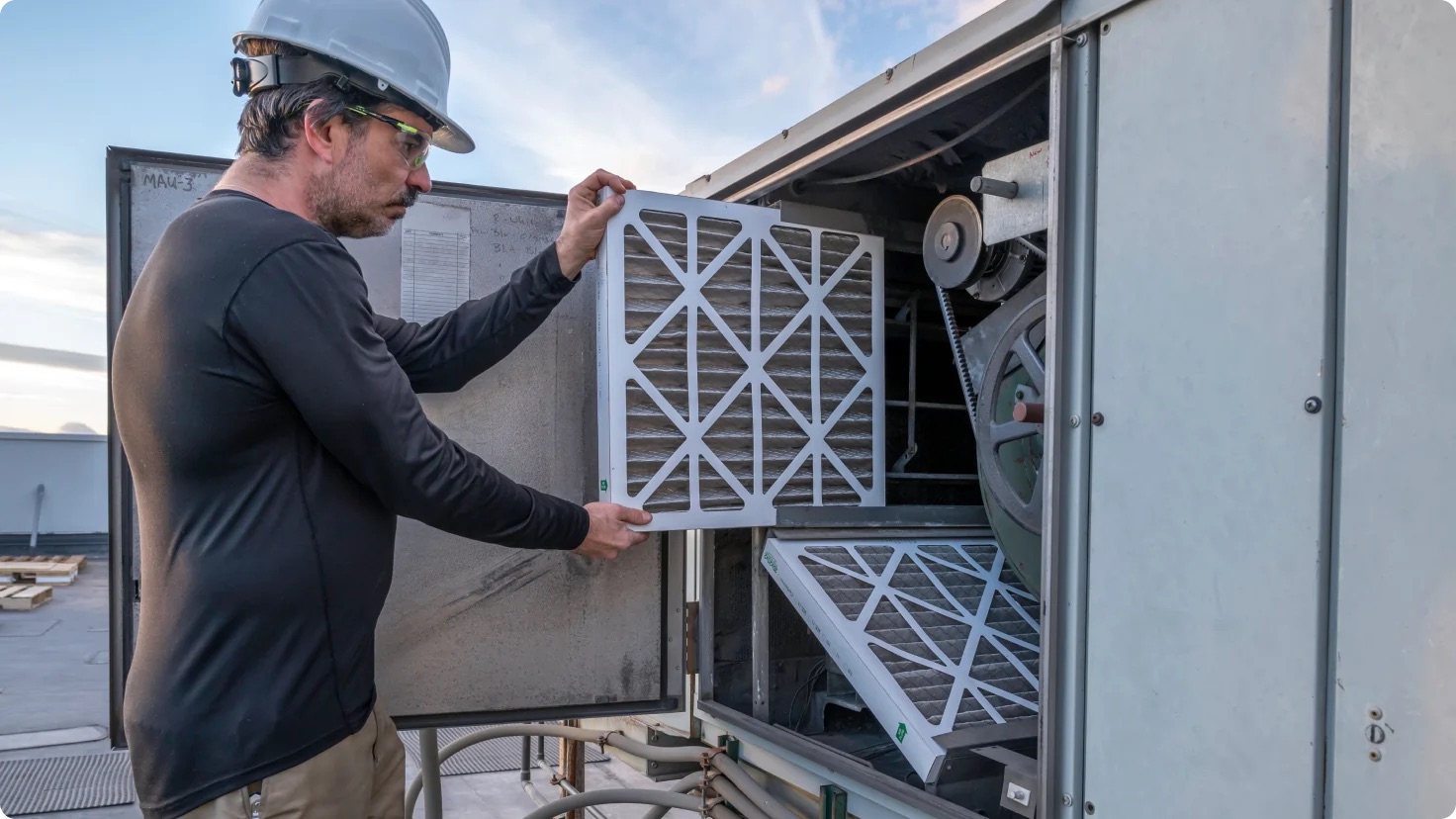
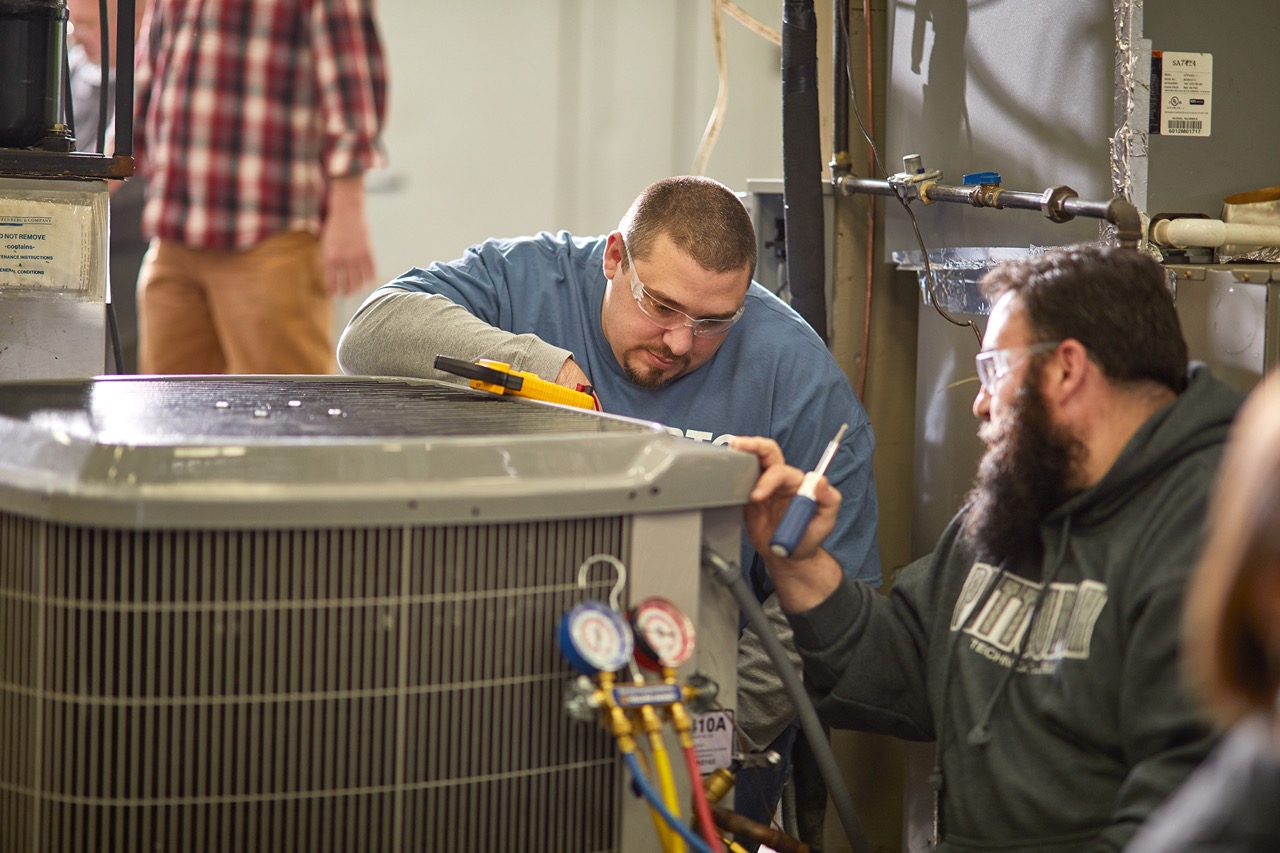
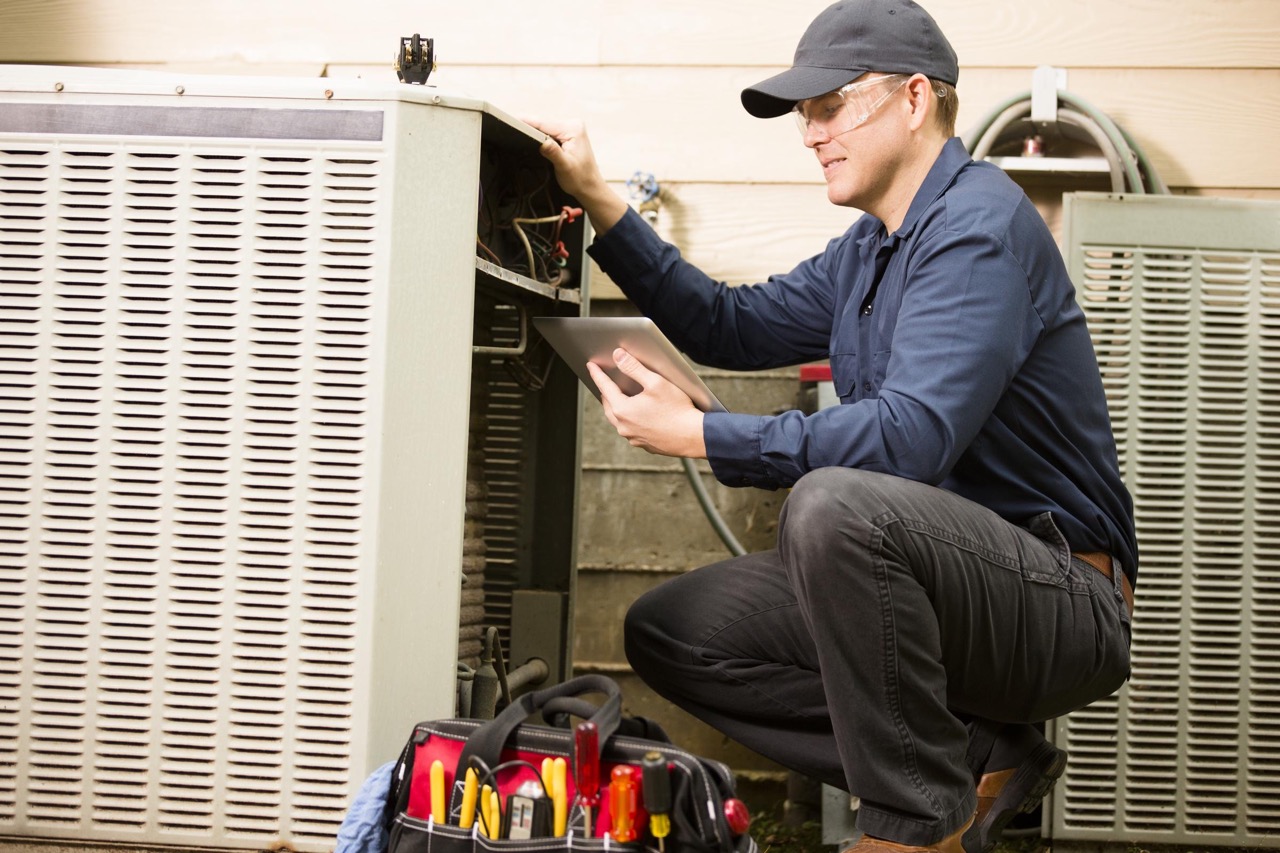
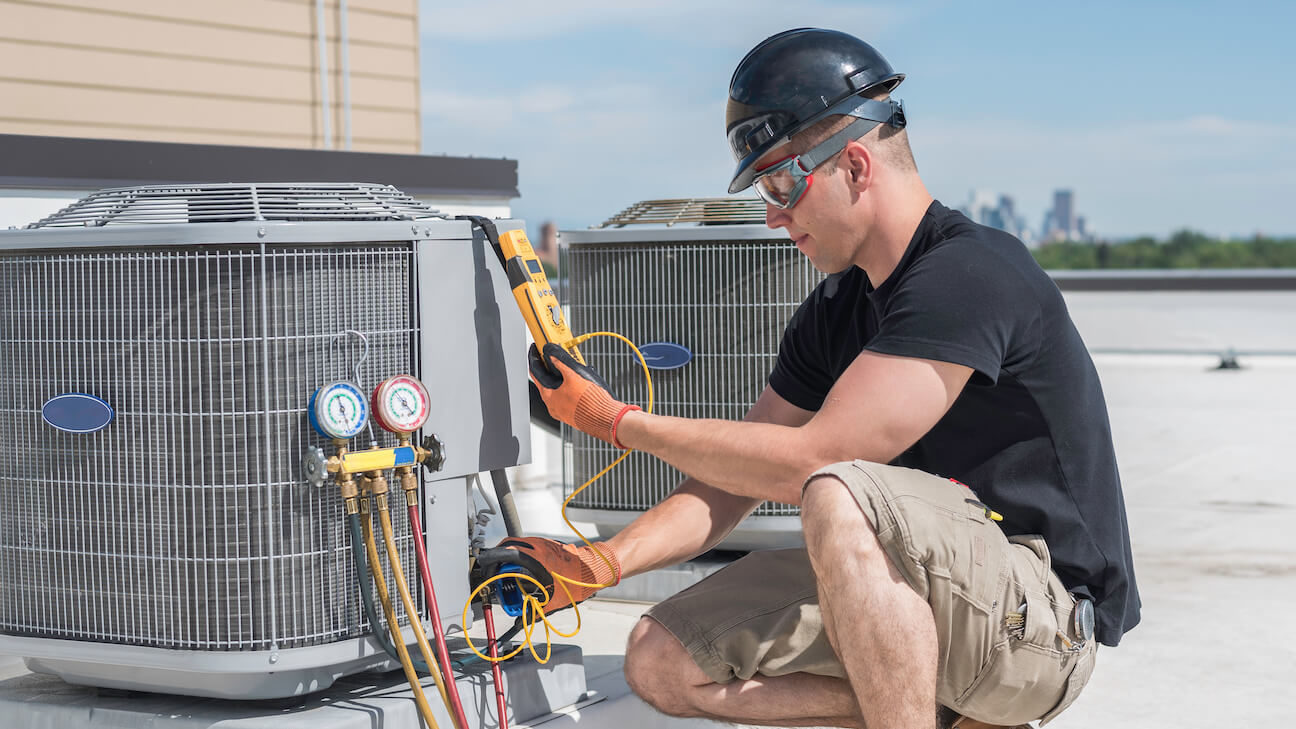
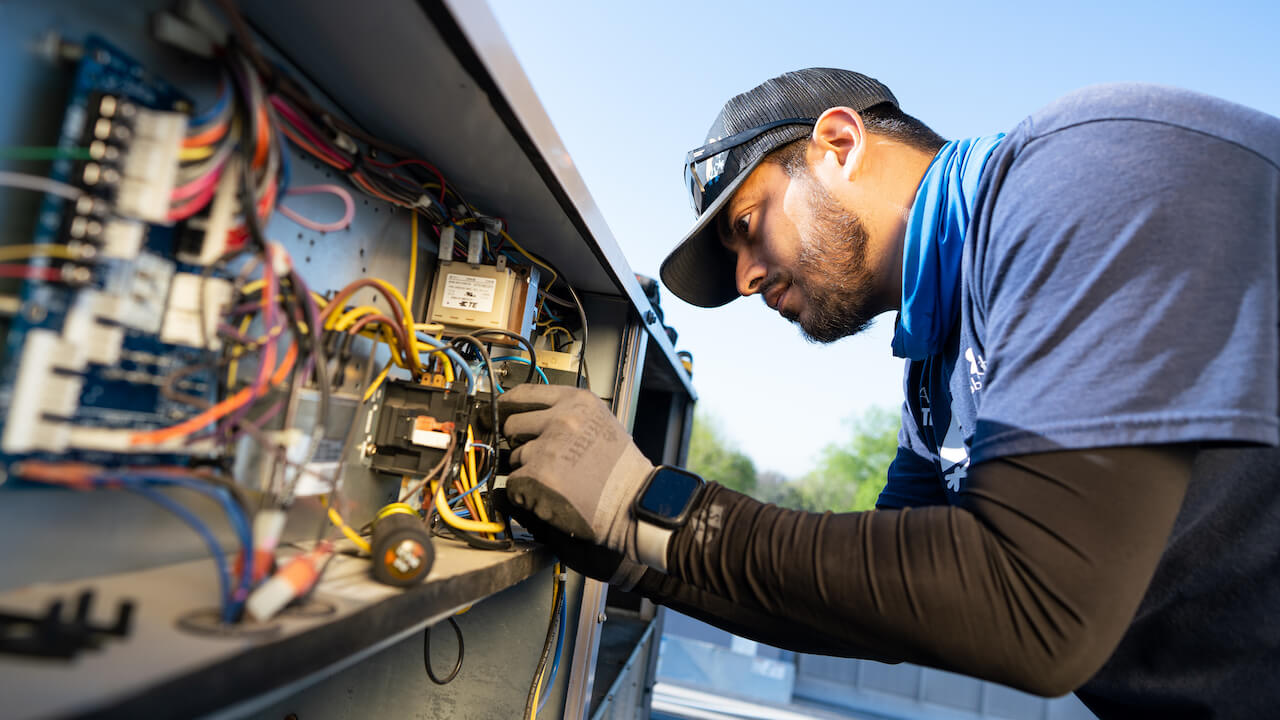
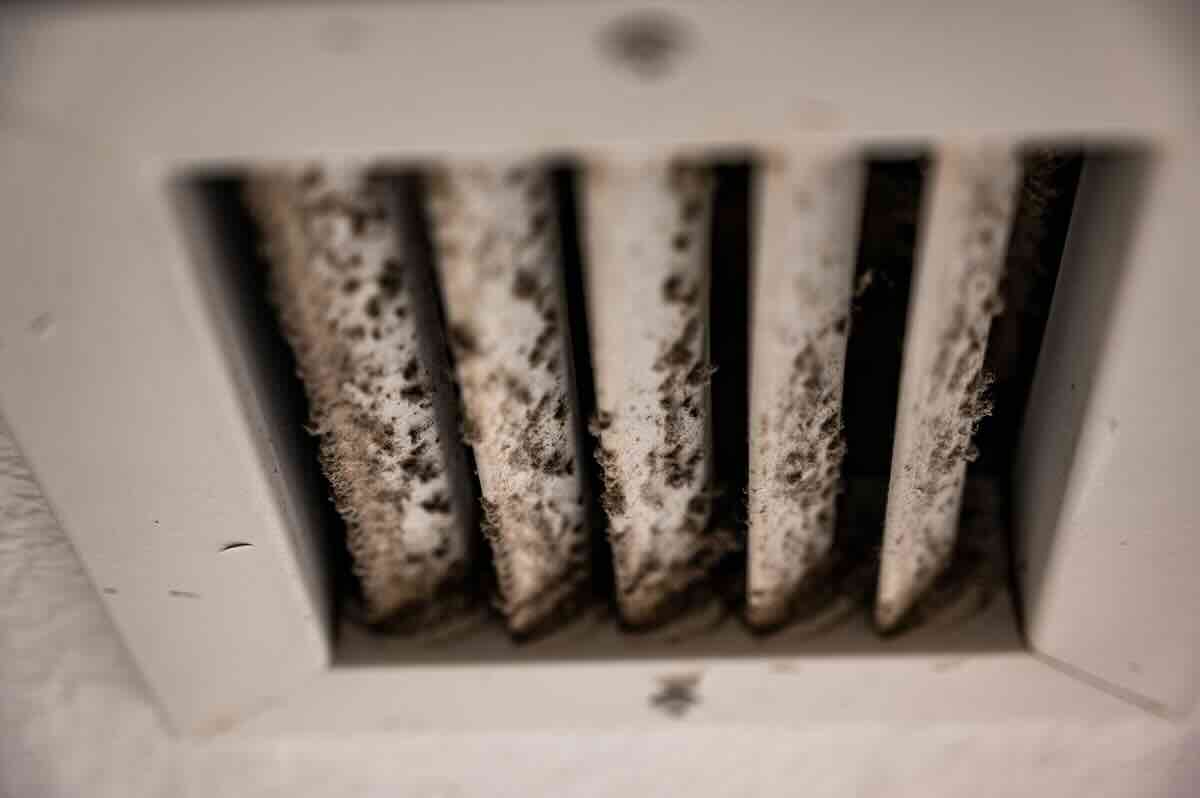
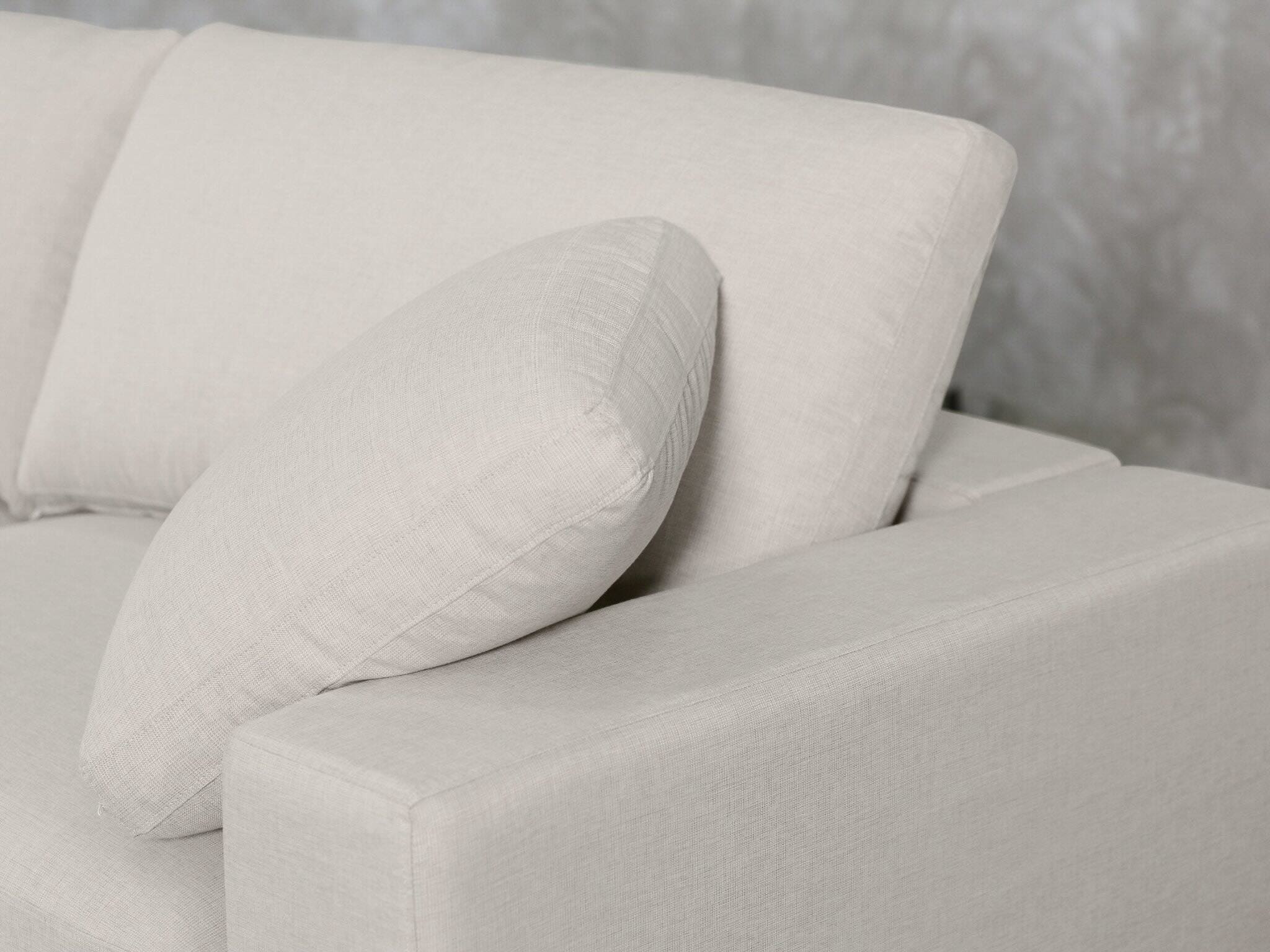
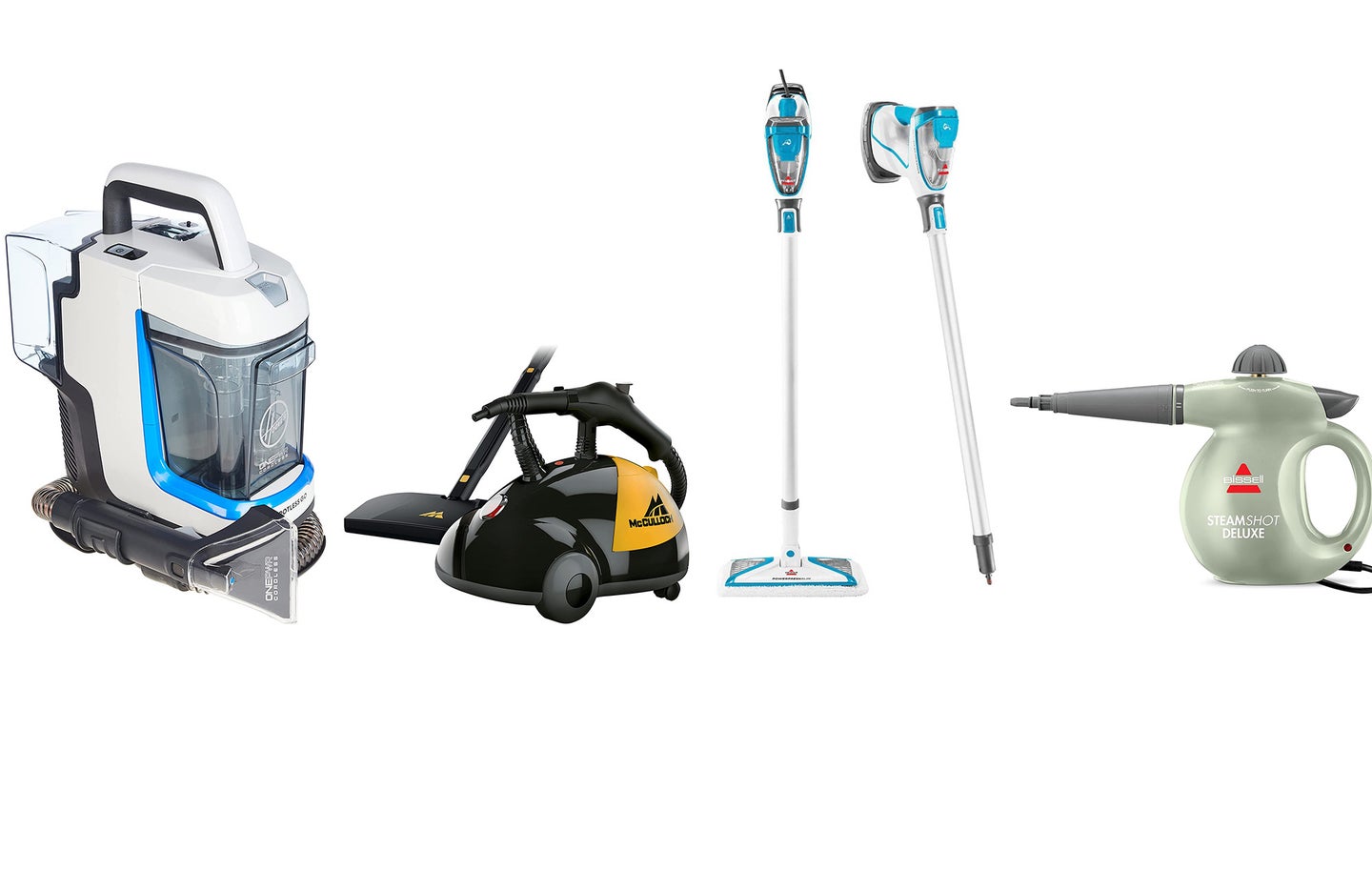
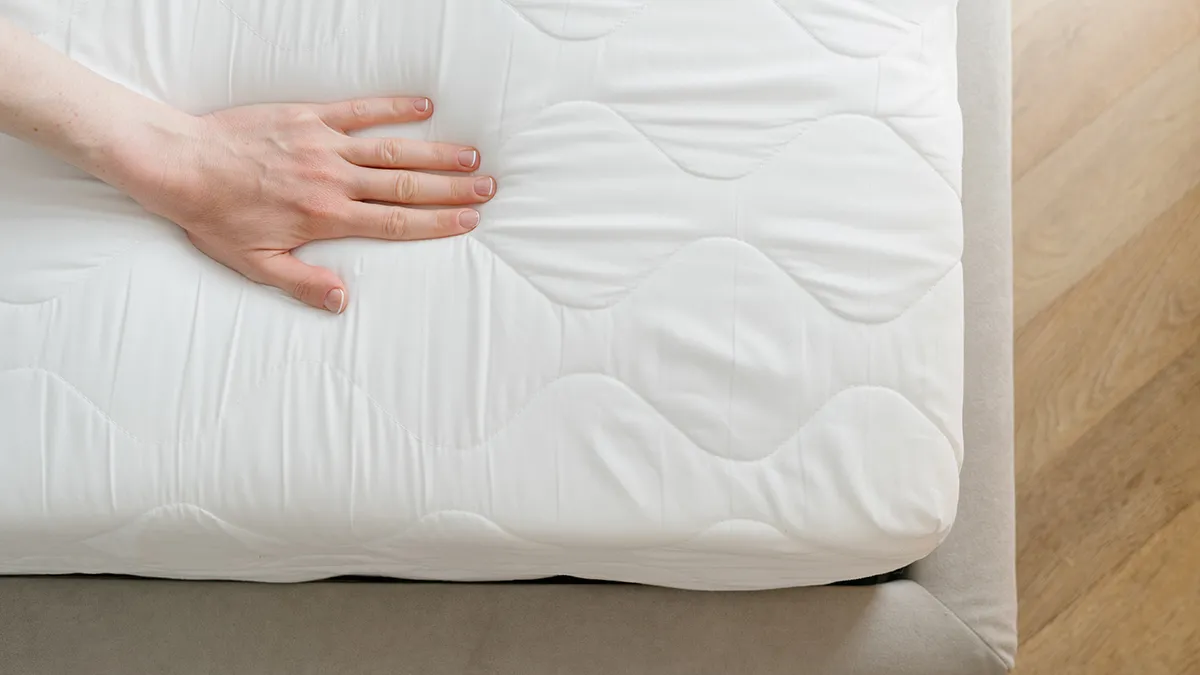
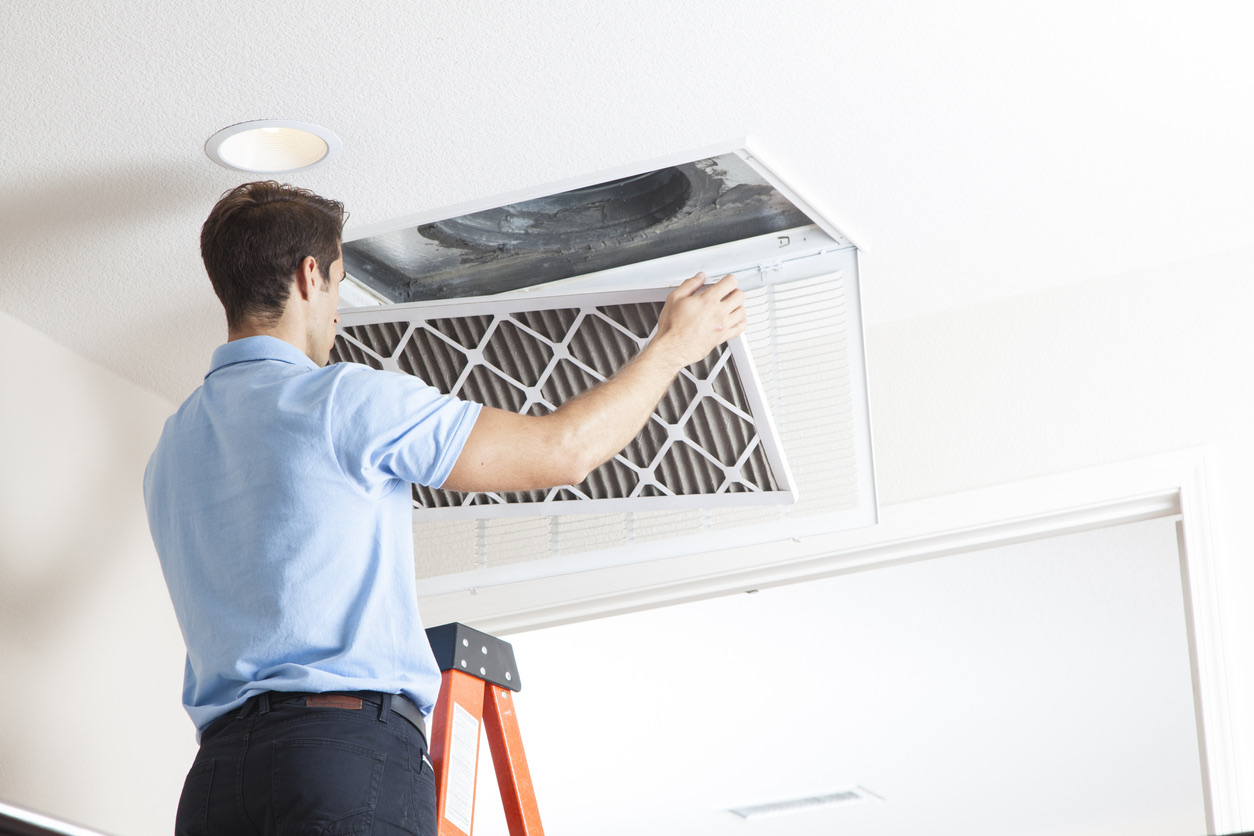
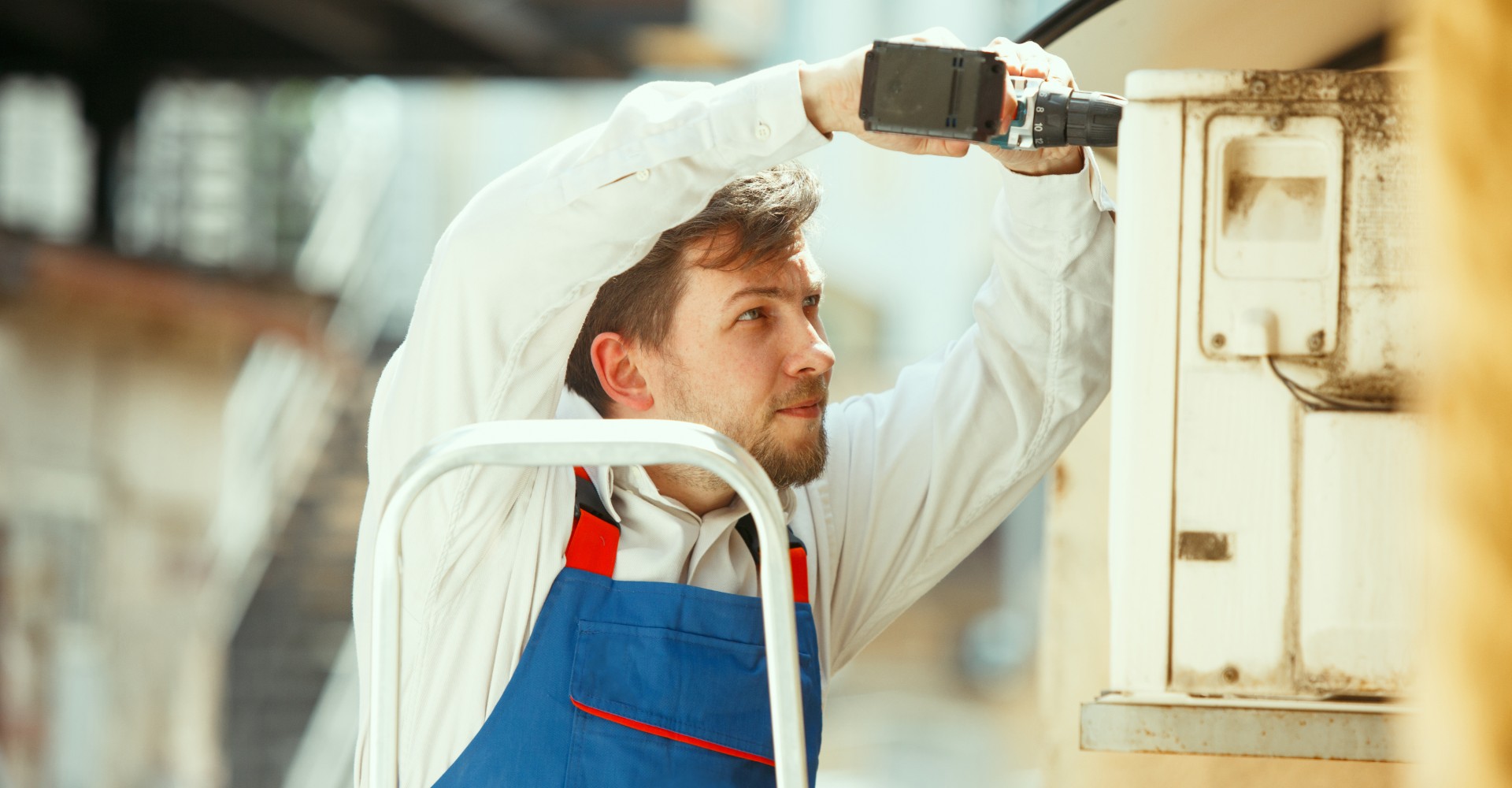
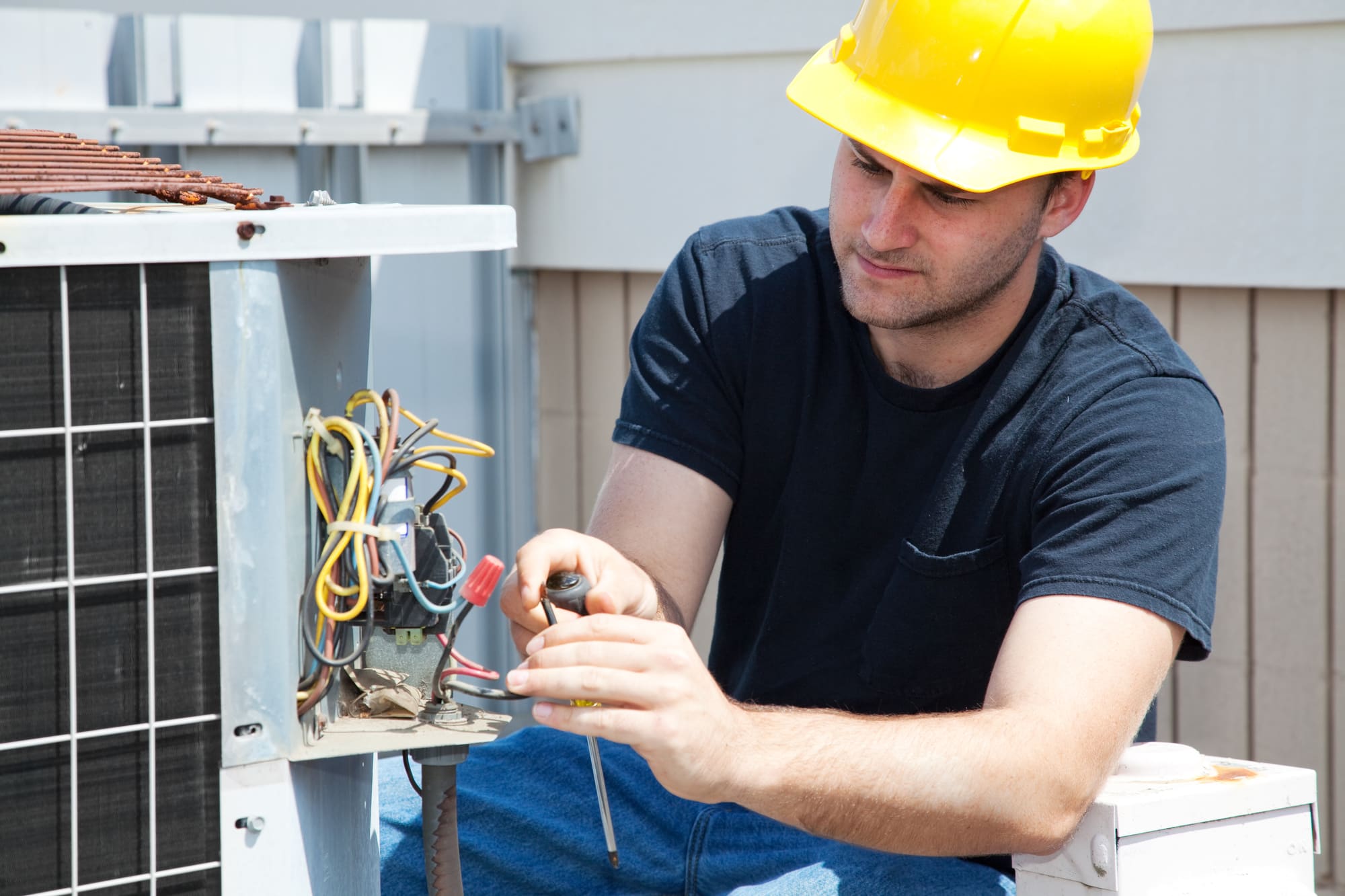
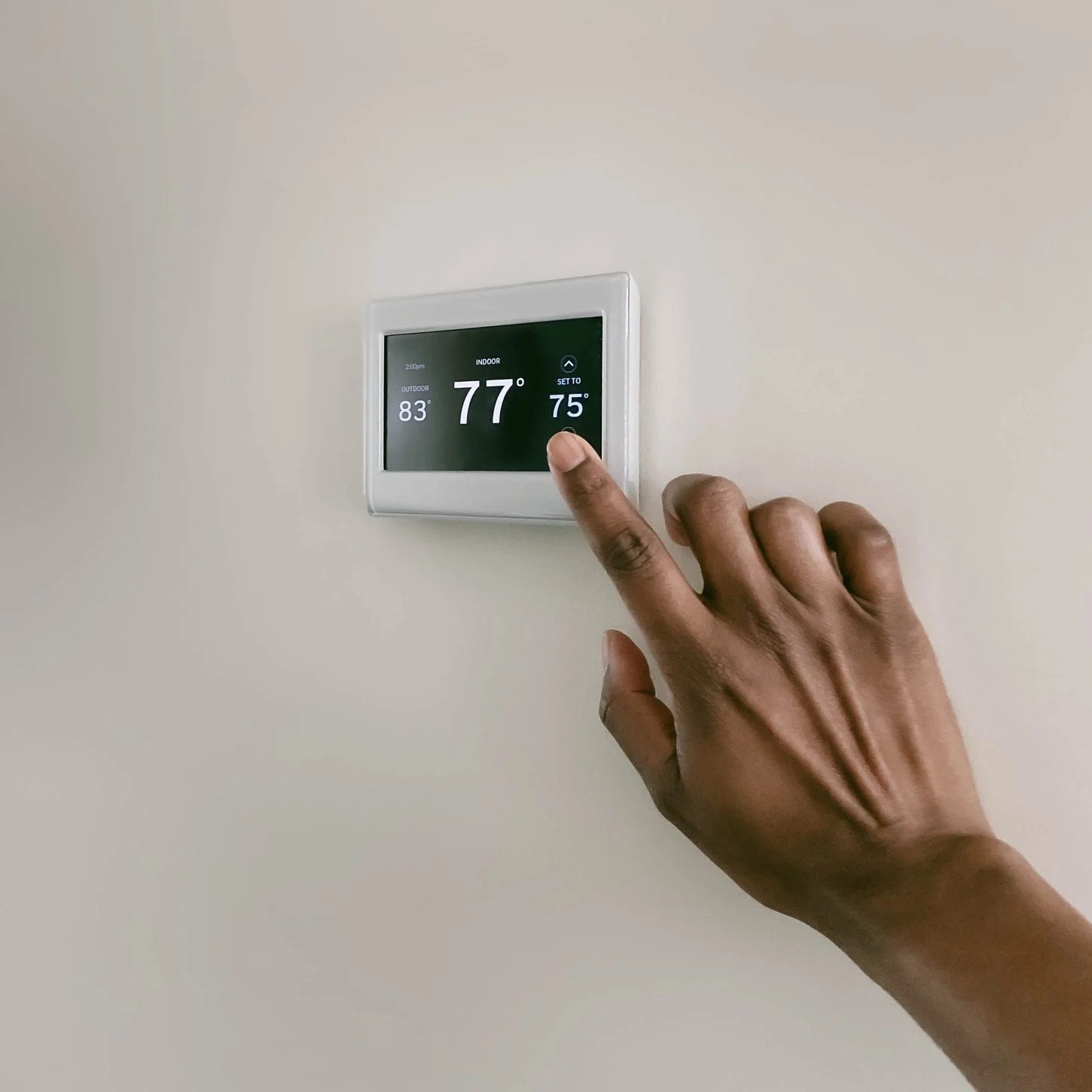

0 thoughts on “How To Get Mold Out Of HVAC System”